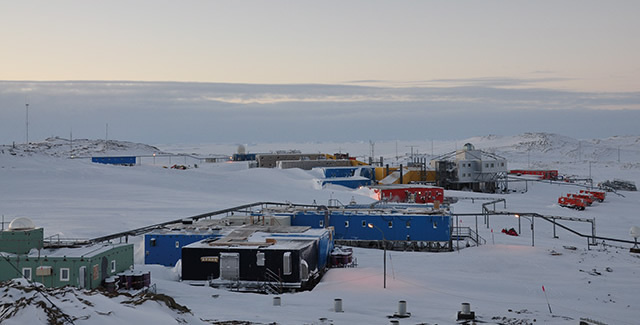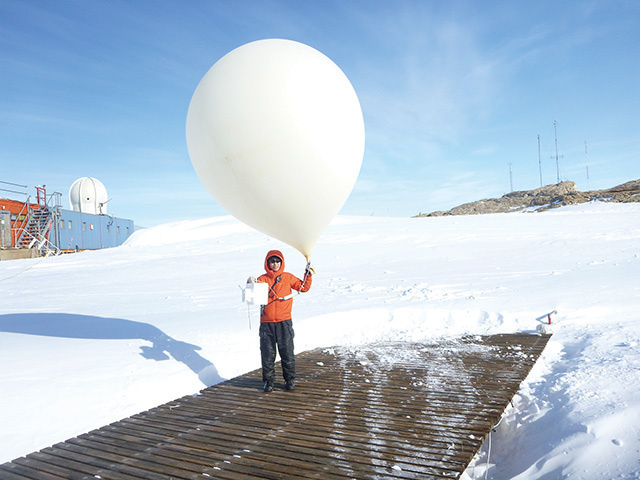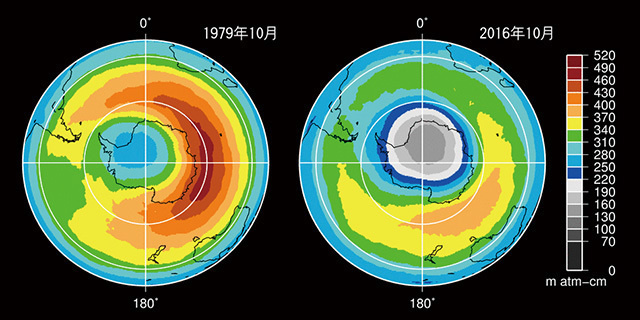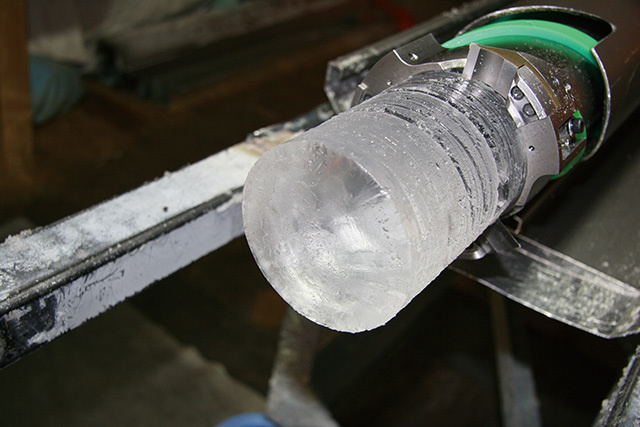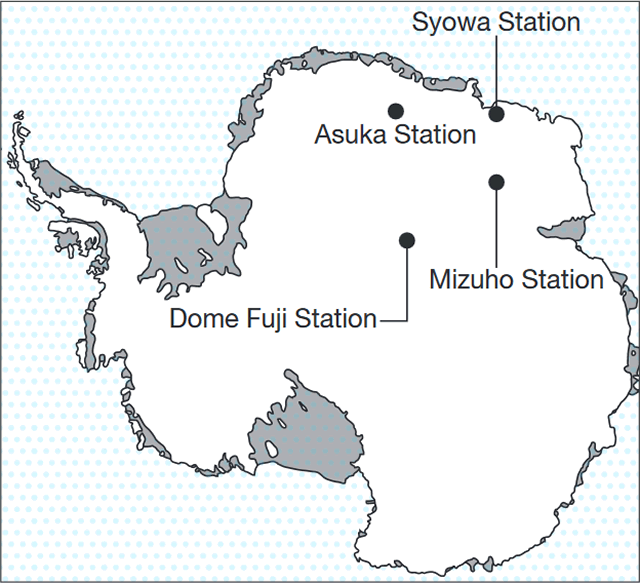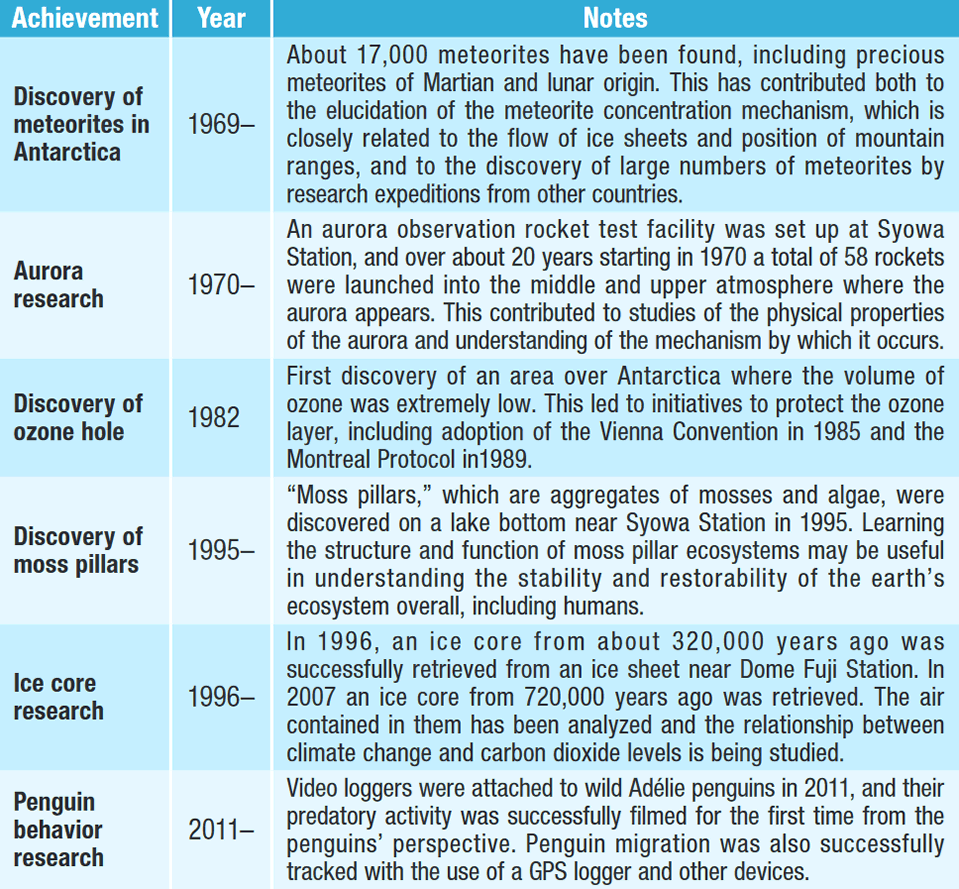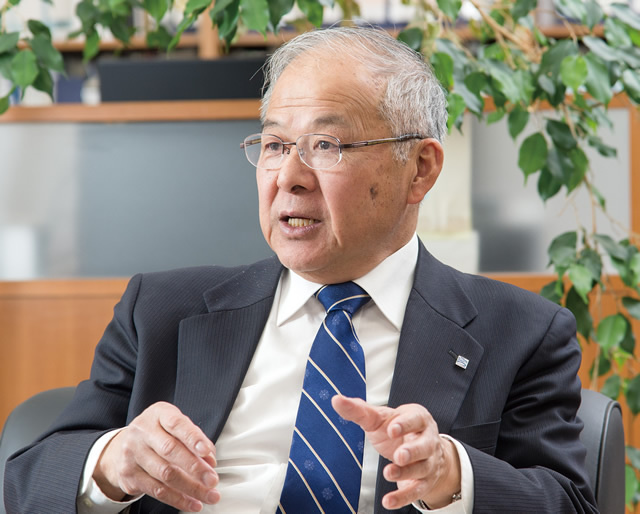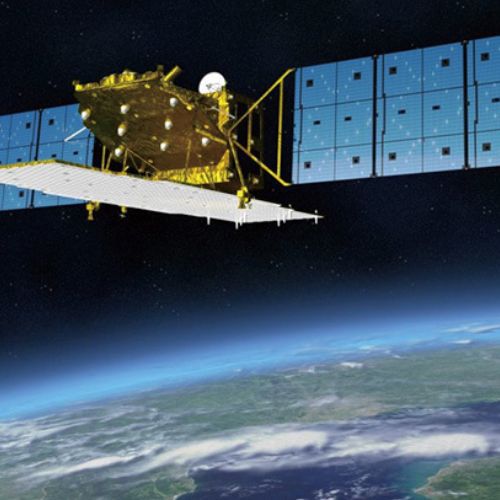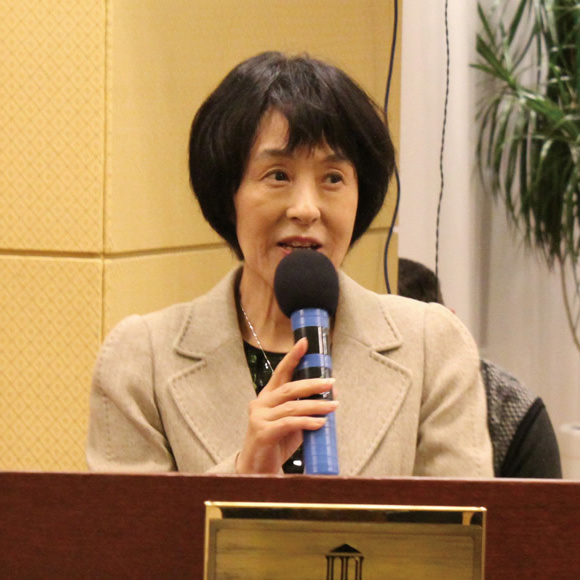Syowa Station is located on East Ongul Island in Lützow-Holm Bay, four kilometers (2.5 miles) from the Antarctic ice edge. Japanese Antarctic Research Expedition summer and winter teams based here conduct research and observation year-round. The station initially consisted of only four buildings, but today the facilities have increased to about 70 structures of various sizes, with a total floor space of more than 7,000 square meters (75,000 square feet).
Celebrating its 60th anniversary in 2017, Syowa Station was built in 1957 during the International Geophysical Year as the research station for Japan’s Antarctic observation activities. Japan is one of the 12 original signatories of the Antarctic Treaty, which prescribes the use of the Antarctic region for peaceful purposes, and has been a world leader in polar research. “The construction of Syowa Station came about with the passionate support of scientists seeking to push forward the frontiers of geoscience and of the public, who looked to it as a symbol of Japan’s post–World War II recovery,” recalls Dr. Kazuyuki Shiraishi, director-general of the National Institute of Polar Research. “The project took off with little more data than a few aerial photographs. What’s more, Soya, Japan’s first icebreaker for Antarctic expeditions, had less horsepower than those of other countries, and the planned construction site was not in an easily accessible location. The first expeditions faced one struggle after another.
Observation of the ozone layer combines several methods: measuring ozone levels at different altitudes using small weather balloons, gauging the total volume of atmospheric ozone from the ground, and observing the ozone layer using satellites. Japan began ozone measurements in 1961.
Source: Japan Meteorological Agency maps of total ozone distribution as of October from 1979 through 2016 with the addition of dates and other text
Average total ozone volume in October 1979 and October 2016 (created by the Japan Meteorological Agency based on satellite data provided by the U.S. National Aeronautics and Space Administration [NASA]). The colors represent ozone thickness: the lower the color in the bar at right, the thinner the ozone layer. Though the ozone hole is tending to shrink gradually, a complete recovery will take some more time. Forecasts based on numerical models suggest that ozone volume will return to 1980 levels from the middle of the twenty-first century onward.
“Japanese researchers patiently continued to compile data in the extreme polar environment.” One of Japan’s greatest achievements in Antarctic research is the discovery of the ozone hole. “Japan began observing the ozone layer in 1961,” Dr. Shiraishi says. Twenty-one years later, in 1982, members of the expedition team at Syowa Station discovered that the total volume of ozone over Antarctica from September to October that year was abnormally low compared to 1981 and earlier. Their findings, pointing to the existence of a hole in the ozone layer, were presented for the first time at a 1983 symposium in Japan. “The presentation became the focus of worldwide attention as subsequent research revealed the association of chlorofluorocarbons with the destruction of the ozone layer,” Dr. Shiraishi notes. “There is no question that Japan’s discovery helped accelerate international initiatives to protect the ozone layer, including the Montreal Protocol on Substances That Deplete the Ozone Layer,” which entered into force in 1989.
Research in Antarctica has contributed many valuable clues to understanding the environment on and around the Earth. In 1969, nine meteorites were found around the mountainous areas of the continent’s interior, and since then as many as 17,000 pieces of meteorites have been collected. The mineral texture and chemical composition of some of them suggest that they are Martian or lunar in origin. These specimens have been loaned out to researchers around the world, significantly contributing to advances in planetary science. Recent years have also seen progress in research on the thick ice sheet covering the Antarctic continent. Dr. Shiraishi explains: “Through detailed analysis of the ice that we bored from the ice sheet to a depth of 3,000 meters [9,800 feet], along with the gases and volcanic ash that it contains, we have ascertained details of the periodicity of climate shifts going back around 720,000 years. And by analyzing changes in the Earth’s environment from the past, we aim to be able to produce accurate forecasts of the future.”
The Antarctic Treaty is a symbol of international peace, and its importance continues to grow. “Antarctica belongs to no country and has no borders thanks to the Antarctic Treaty, making it an ideal ground for international cooperation,” Dr. Shiraishi says. “Coordinating with the observation stations of other countries, we will continue to work toward unraveling the mechanisms of climate change and global warming.”


























